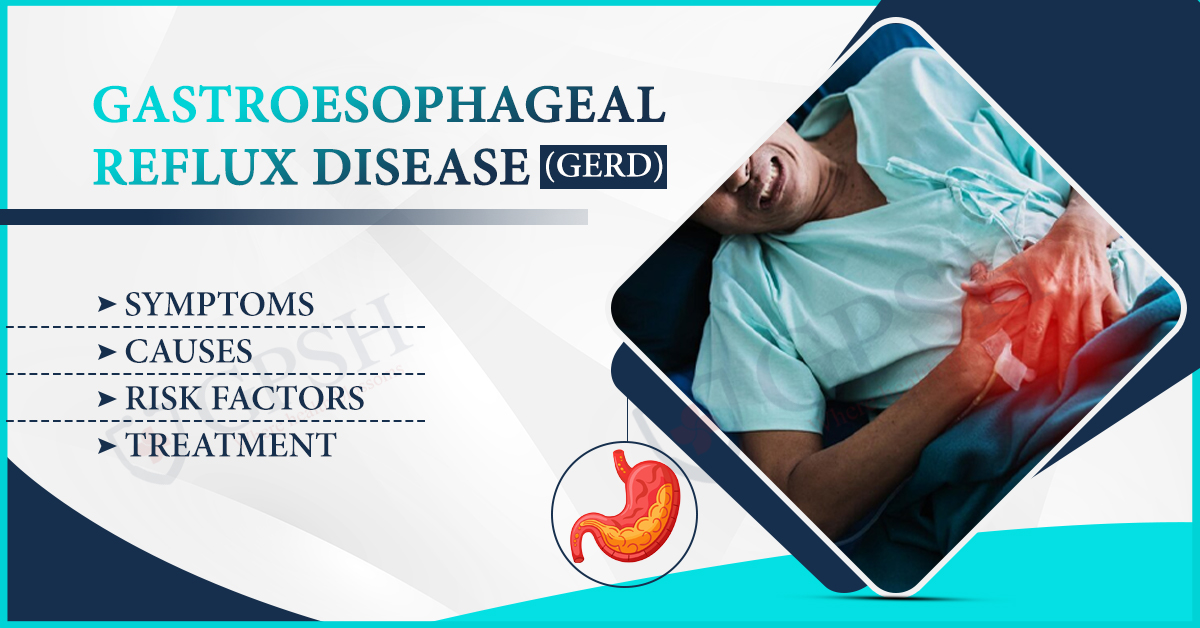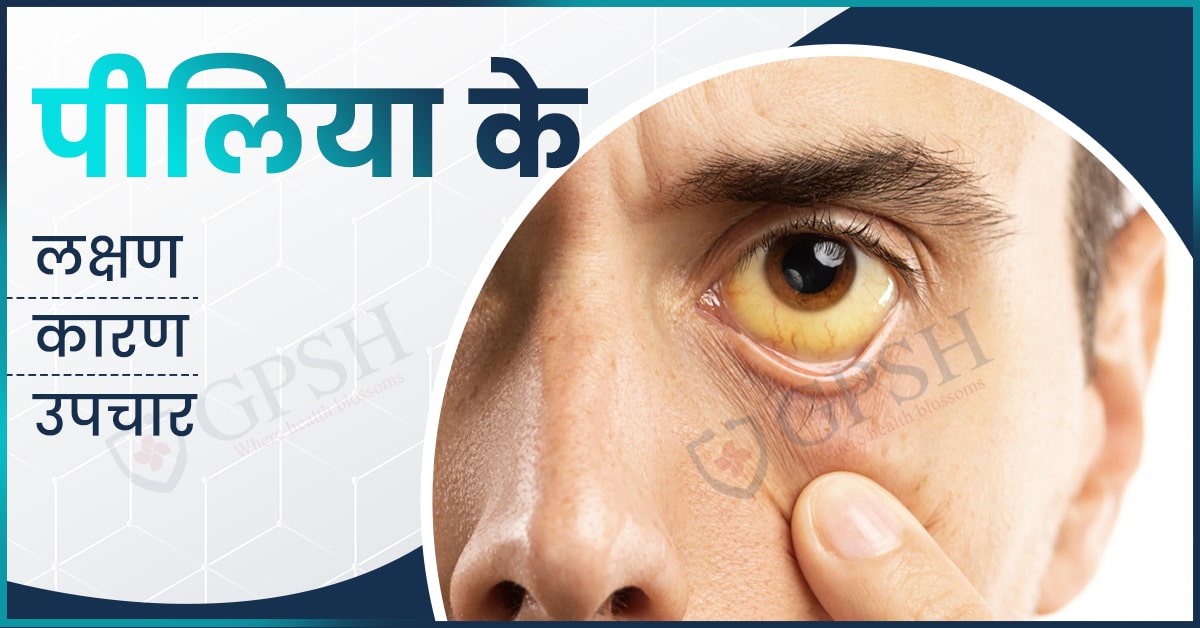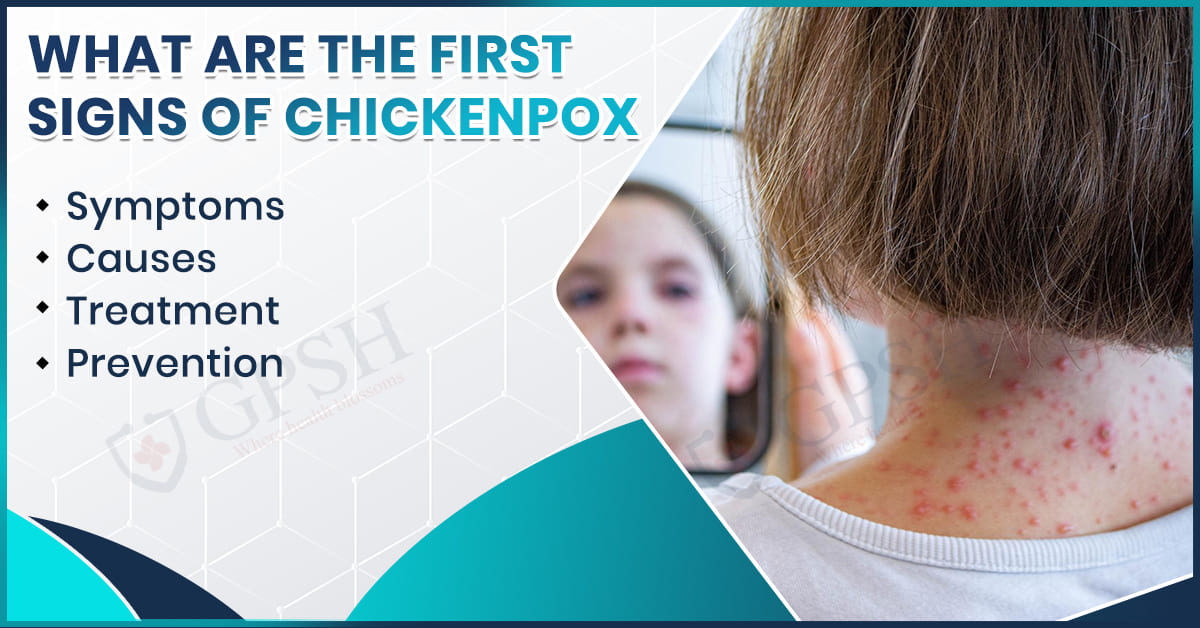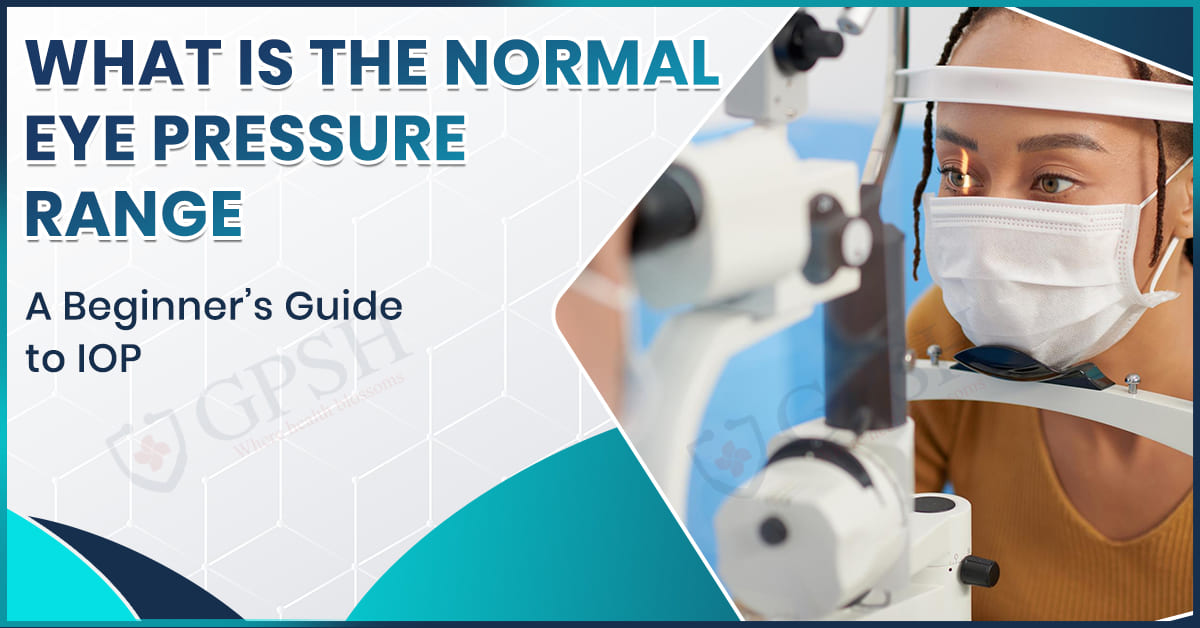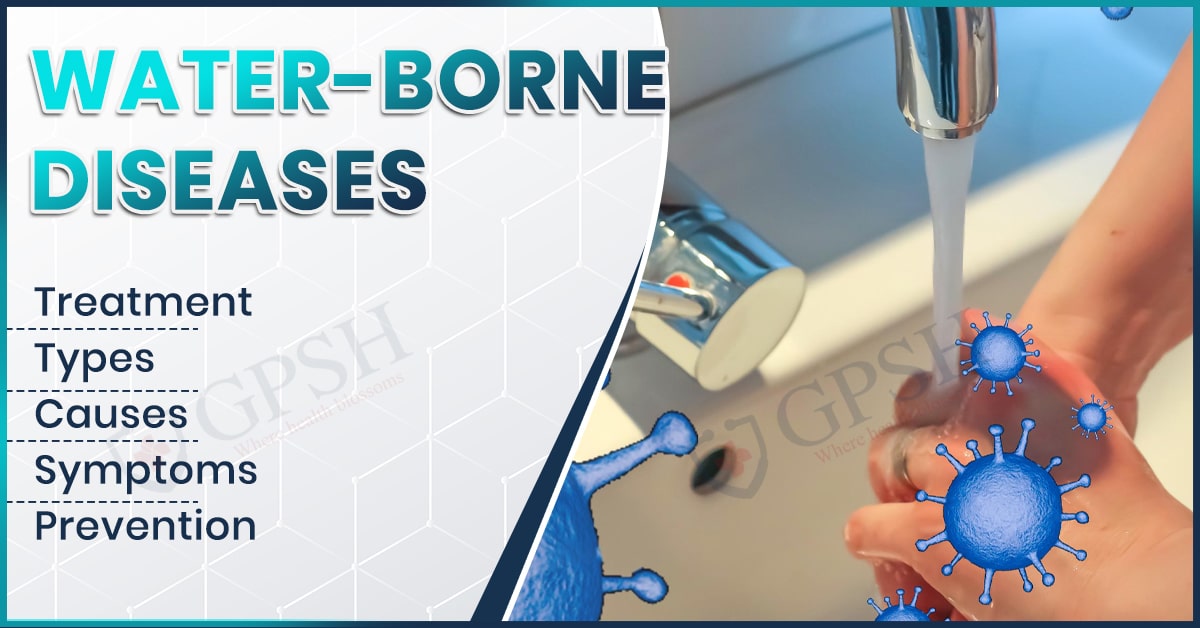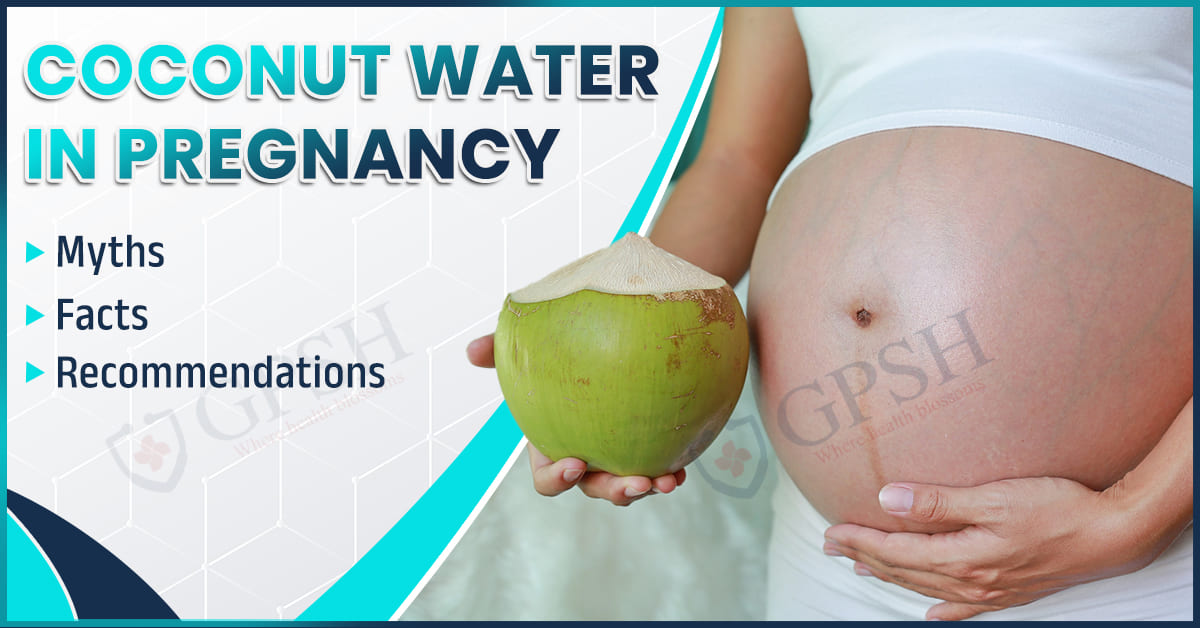Overview
Gastroesophageal reflux disease (GERD) is a chronic digestive condition where stomach acid or bile flows back into the esophagus, leading to symptoms such as heartburn, regurgitation, and chest pain. This condition can significantly impact a person’s quality of life, causing discomfort and potential complications if left untreated.
In this discussion, we will explore the symptoms of GERD, its underlying causes, and the risk factors that may increase the likelihood of developing this condition. We will also examine various treatment options available, ranging from lifestyle changes and medications to surgical interventions, to manage and alleviate the symptoms effectively.
What is Gastroesophageal reflux disease?
Gastroesophageal reflux disease (GERD) is a chronic condition characterized by the abnormal backflow (reflux) of stomach contents, including acidic gastric juices, into the esophagus. This reflux occurs due to the dysfunction or weakening of the lower esophageal sphincter (LES), a ring of muscle that normally acts as a barrier between the stomach and esophagus.
When the LES is weakened or relaxes inappropriately, it allows stomach contents to escape into the esophagus, leading to irritation and inflammation of the esophageal lining.
The pathophysiology of GERD involves multiple factors, including impaired esophageal clearance, delayed gastric emptying, and hiatal hernia, which can exacerbate reflux. The acidic nature of the stomach contents can cause symptoms such as heartburn, regurgitation, and chest pain.
Chronic exposure to stomach acid can also lead to complications like esophagitis, Barrett’s esophagus, and even esophageal cancer if not managed appropriately. Understanding GERD’s underlying mechanisms and contributing factors is crucial for developing effective treatment strategies and preventing long-term complications.
You can read also:- Why Exercise is Important for Healthy Bones?
Symptoms of Gastroesophageal reflux disease
The symptoms of Gastroesophageal Reflux Disease (GERD) can vary in intensity and frequency, but they typically include the following:
- Heartburn: A burning sensation in the chest, often after eating, that may worsen when lying down or bending over.
- Regurgitation: Acid or food coming back up into the throat or mouth, causing a sour or bitter taste.
- Chest Pain: Discomfort in the chest, potentially mistaken for heart pain, due to acid reflux.
- Dysphagia: Difficulty swallowing or a sensation of food being stuck in the throat.
- Chronic Cough: Persistent cough not linked to a respiratory infection, caused by acid irritating the throat.
- Hoarseness or Sore Throat: Irritation of the vocal cords leading to a raspy voice or sore throat, often worse in the morning.
- Laryngitis: Inflammation of the voice box, causing a weak voice or frequent throat clearing.
- Asthma-like Symptoms: Wheezing and shortness of breath triggered or worsened by acid reflux.
- Bloating and Burping: Excessive belching and a feeling of fullness after meals.
- Nausea and Vomiting: Feeling nauseous or the urge to vomit due to irritation from acid reflux.
Causes of Gastroesophageal reflux disease
Gastroesophageal Reflux Disease (GERD) is caused by a combination of factors that lead to the malfunctioning of the lower esophageal sphincter (LES) and other aspects of the digestive system. Key causes include:
- Lower Esophageal Sphincter Dysfunction: The LES, a ring of muscle at the end of the esophagus, may weaken or relax inappropriately, allowing stomach acid to flow back into the esophagus.
- Hiatal Hernia: A condition where part of the stomach pushes through the diaphragm into the chest cavity, which can impair the LES function and contribute to acid reflux.
- Delayed Gastric Emptying: Slow emptying of the stomach can increase pressure and cause reflux by allowing more time for stomach contents to back up into the esophagus.
- Increased Abdominal Pressure: Conditions or activities that increase pressure in the abdominal area, such as obesity, pregnancy, or heavy lifting, can contribute to GERD by exerting more pressure on the LES.
- Esophageal Motility Disorders: Abnormal contractions or movements of the esophagus can affect its ability to clear acid effectively and contribute to reflux.
- Dietary and Lifestyle Factors: Certain foods and beverages (e.g., fatty foods, caffeine, alcohol, and chocolate), smoking, and excessive alcohol consumption can relax the LES or irritate the esophagus.
- Medications: Some medications, such as certain antihistamines, calcium channel blockers, and sedatives, can relax the LES or increase acid production, exacerbating GERD symptoms.
- Connective Tissue Disorders: Conditions like scleroderma can affect the esophagus’s ability to function properly, contributing to GERD.
You can read also:- ACL Injuries: Causes, Symptoms, Diagnosis & Treatment
Risk Factors of Gastroesophageal reflux disease
The risk factors for Gastroesophageal Reflux Disease (GERD) include:
- Obesity: Excess body weight increases abdominal pressure, which can contribute to the weakening of the lower esophageal sphincter (LES) and enhance the risk of acid reflux.
- Pregnancy: Hormonal changes and increased abdominal pressure during pregnancy can lead to GERD symptoms or exacerbate existing conditions.
- Hiatal Hernia: This condition, where part of the stomach pushes through the diaphragm, can impair LES function and increase the likelihood of reflux.
- Smoking: Tobacco use can weaken the LES, decrease saliva production (which helps neutralize acid), and irritate the esophagus, increasing the risk of GERD.
- Alcohol Consumption: Alcohol can relax the LES, increase acid production, and irritate the esophageal lining, contributing to GERD symptoms.
- Certain Medications: Drugs such as antihistamines, calcium channel blockers, and sedatives can relax the LES or increase stomach acid production, raising the risk of GERD.
- Dietary Choices: Consuming large meals, fatty foods, chocolate, caffeine, and spicy foods can trigger or worsen GERD symptoms by relaxing the LES or increasing acid production.
- Age: The risk of GERD can increase with age due to changes in esophageal function and the weakening of the LES over time.
- Genetics: A family history of GERD or related conditions may predispose individuals to developing the disease.
- Connective Tissue Disorders: Conditions like scleroderma can impair esophageal function and increase the risk of GERD.
Complications of Gastroesophageal reflux disease
Complications of Gastroesophageal Reflux Disease (GERD) can arise from chronic acid exposure and include:
- Esophagitis: Inflammation of the esophagus lining due to repeated exposure to stomach acid, leading to symptoms such as pain and difficulty swallowing.
- Esophageal Stricture: Narrowing of the esophagus caused by scar tissue from chronic inflammation, which can lead to swallowing difficulties and food getting stuck.
- Barrett’s Esophagus: A condition where the normal esophageal lining is replaced with a type of lining similar to that of the intestine, increasing the risk of esophageal cancer.
- Esophageal Ulcers: Sores or open lesions in the esophagus caused by severe acid damage, which can result in bleeding and pain.
- Respiratory Problems: GERD can lead to asthma-like symptoms, chronic cough, or aspiration pneumonia when stomach acid enters the airways or lungs.
- Dental Erosion: The acid reflux can erode dental enamel, leading to increased sensitivity and a higher risk of cavities.
- Laryngitis: Chronic irritation from acid can inflame the larynx (voice box), causing hoarseness, a sore throat, or a persistent need to clear the throat.
- Anemia: Chronic bleeding from esophageal ulcers or damage can lead to anemia, characterized by fatigue and weakness.
Diagnosis of Gastroesophageal reflux disease
Diagnosing Gastroesophageal Reflux Disease (GERD) involves a combination of clinical evaluation and diagnostic tests. The process typically includes:
- Medical History and Symptoms Review: A thorough assessment of the patient’s symptoms, medical history, and lifestyle factors. This helps identify typical GERD symptoms such as heartburn, regurgitation, and chest pain.
- Physical Examination: A physical examination may be performed to assess for signs of complications or related conditions.
- Empirical Treatment: Sometimes, a trial of acid-reducing medications (such as proton pump inhibitors or H2-receptor antagonists) is used to determine if symptoms improve, which can support a GERD diagnosis.
- Upper Endoscopy (Esophagogastroduodenoscopy): A procedure using a flexible tube with a camera to visualize the esophagus, stomach, and upper part of the small intestine. It helps assess for inflammation, ulcers, or other abnormalities.
- 24-hour Esophageal pH Monitoring: This test measures the frequency and duration of acid reflux episodes over 24 hours. It involves placing a small catheter through the nose into the esophagus or using a wireless capsule attached to the esophagus lining.
- Esophageal Manometry: This test measures the muscle contractions and pressure of the esophagus. It helps evaluate esophageal motility and the function of the lower esophageal sphincter.
- Barium Swallow Study: A radiologic examination where the patient swallows a barium contrast liquid, allowing visualization of the esophagus and detection of reflux or structural abnormalities.
- Esophageal Impedance Monitoring: This test measures the flow of liquids and gases in the esophagus to detect both acid and non-acid reflux.
Treatment of Gastroesophageal reflux disease
Treatment of Gastroesophageal Reflux Disease (GERD) typically involves a combination of lifestyle changes, medications, and, in some cases, surgical interventions. The approach depends on the severity of symptoms and the presence of complications.
Lifestyle and Dietary Modifications
- Weight Management: Reducing excess weight can decrease abdominal pressure and lessen GERD symptoms.
- Dietary Changes: Avoiding trigger foods and beverages such as fatty foods, chocolate, caffeine, alcohol, and spicy foods.
- Eating Habits: Eating smaller, more frequent meals rather than large meals and avoiding eating close to bedtime.
- Elevating the Head of the Bed: Raising the head of the bed by 6-8 inches to prevent acid reflux during sleep.
- Smoking Cessation: Quitting smoking to help reduce LES relaxation and esophageal irritation.
- Avoiding Tight Clothing: Wearing loose-fitting clothes to reduce abdominal pressure.
Medications
- Antacids: Over-the-counter medications that neutralize stomach acid and provide quick relief from heartburn.
- H2-Receptor Antagonists: Medications like ranitidine and famotidine that reduce acid production by blocking histamine receptors in the stomach.
- Proton Pump Inhibitors (PPIs): Drugs such as omeprazole, esomeprazole, and lansoprazole that block acid production more effectively than H2 blockers and help heal the esophagus lining.
- Prokinetics: Medications that help strengthen the LES and improve stomach emptying, such as metoclopramide, though they are less commonly used due to potential side effects.
- Alginate-based Medications: Products that form a gel-like barrier to prevent acid reflux.
Surgical and Other Procedures
- Fundoplication: A surgical procedure where the top of the stomach is wrapped around the lower esophagus to reinforce the LES and prevent reflux. This can be done via laparoscopic surgery.
- LINX Device: An implantable device that consists of magnetic beads placed around the LES to enhance its function and prevent acid reflux.
- Endoscopic Techniques: Procedures that use endoscopic devices to create barriers or tighten the LES, though these are less common and generally reserved for specific cases.
Conclusion
In conclusion, Gastroesophageal Reflux Disease (GERD) is a prevalent condition that can significantly affect quality of life if not properly managed. Effective treatment involves a comprehensive approach including lifestyle modifications, medications, and potentially surgical interventions.
For those seeking specialized care, Shekhawati Hospital stands out for its expertise in diagnosing and treating GERD, offering advanced diagnostic tools and tailored treatment plans to address individual needs. As we navigate the challenges of modern living, it is crucial to be proactive about managing GERD by adopting healthier lifestyle choices and seeking timely medical advice. Prioritizing early intervention and working with healthcare professionals can help alleviate symptoms and prevent complications, ensuring a better quality of life.


